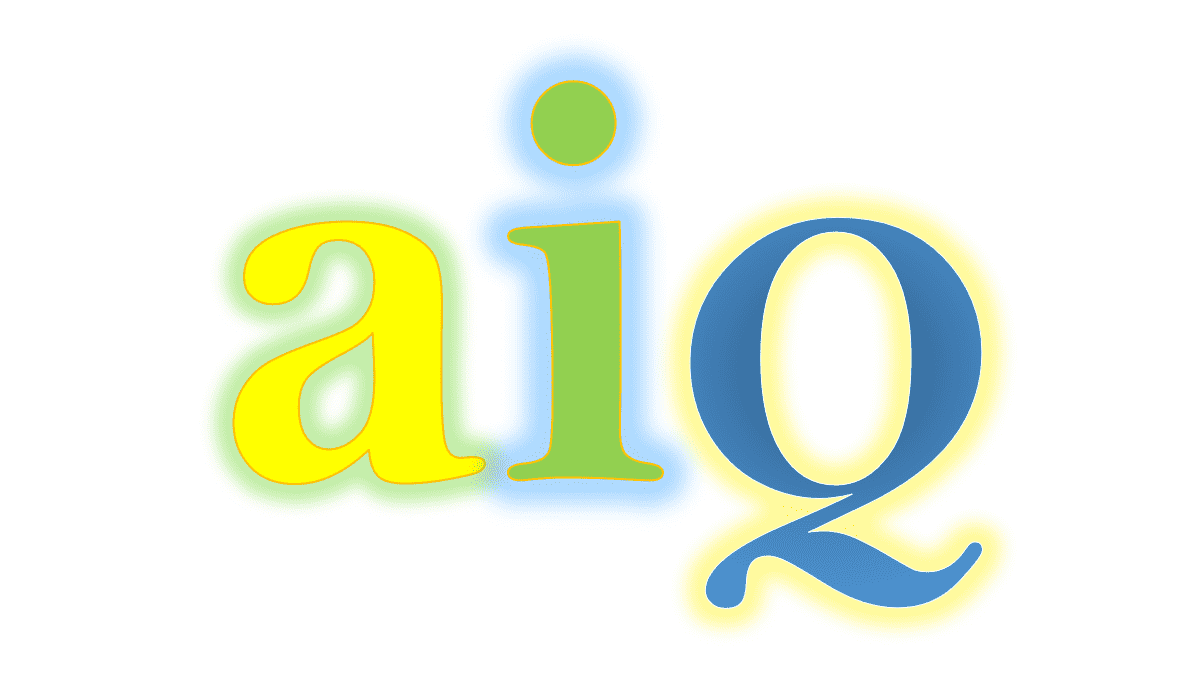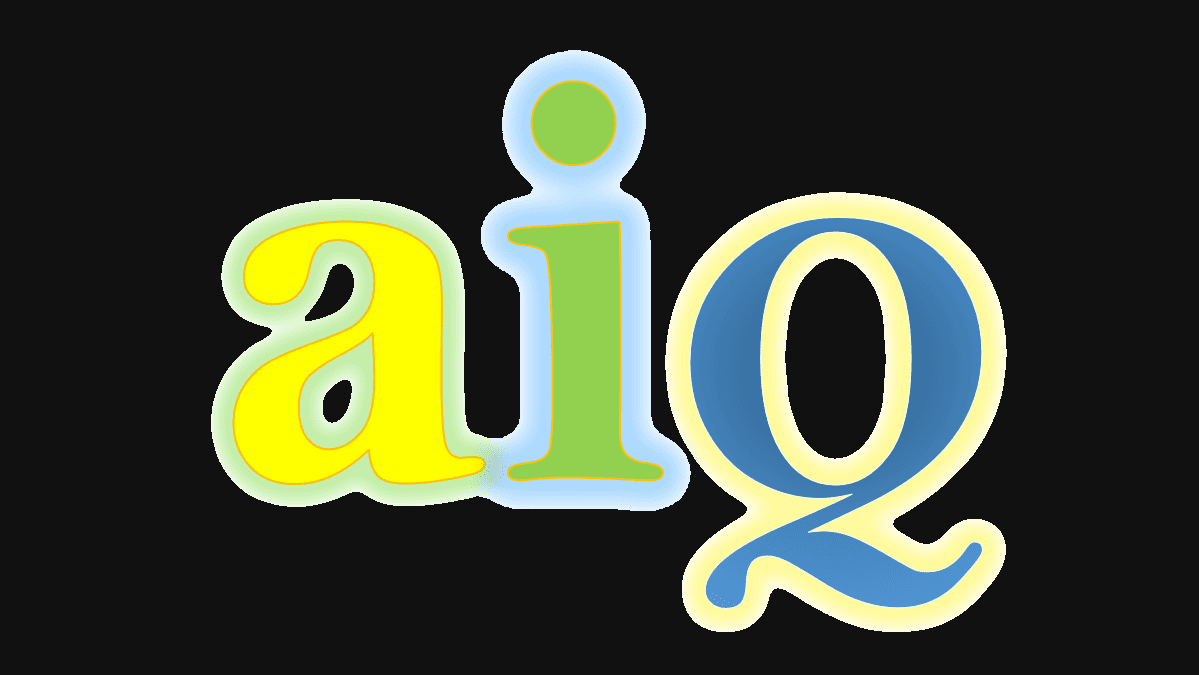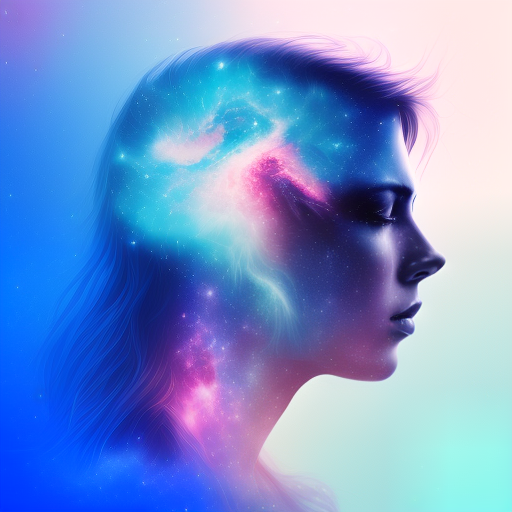Bing’s AI image generator has gained a lot of attention as it promises to change the way we create and interact with images. One of the most intriguing features of Bing’s AI is its ability to create images using chatbots, a particularly innovative and exciting aspect of this technology.
In this article, we will be exploring whether Bing’s chatbot can draw images and how it achieves this feat. We’ll also be looking at Microsoft’s current efforts in the field of AI image creation, including DALL-E, an advanced AI image program that takes image generation to the next level. By the end of this article, you will have gained insight into some of the most exciting developments in AI technology and how they are changing our understanding of digital art.
Bing’s AI Image Generator
Microsoft’s Bing search engine is more than just a platform for finding information on the web. Bing has developed an artificial intelligence (AI) image generator that can create stunning images based on user inputs. The tool uses deep learning techniques to analyze user-provided information and generate high-quality images based on the input.
Bing’s AI image generator has the potential to revolutionize the way we think about creating visual content. The tool allows users to create custom illustrations, diagrams, and charts in seconds, making it an ideal solution for professionals looking to save time and resources in their daily work.
With this innovation comes the possibility of enhancing user interactions with technology by creating personalized content that is both visually appealing and effective at communicating ideas.
Chatbot’s Ability to Create Images
Microsoft’s Bing AI has come a long way since its inception, and one of its most impressive features is the chatbot’s ability to create images. This cutting-edge technology allows the chatbot to generate images based on a user’s text input, which can be anything from a simple description of an object to a more complex sentence or paragraph.
The AI algorithms used by Bing analyze the text input and generate an image that best represents it. The images generated by the chatbot are not only accurate but also visually appealing with vibrant colors and intricate details. With this technology, users can easily create stunning images without having any artistic skills or knowledge.
This feature is particularly useful for businesses that require quick and easy access to images for their marketing campaigns or presentations. It also opens up new opportunities for people who are visually impaired or have limited mobility, allowing them to express themselves through art in an entirely new way. The possibilities are endless with Microsoft’s Bing AI chatbot image generator, making it one of the most exciting technological advancements in recent years.
Creating Images using Chat GPT
The GPT-3 language model has brought a revolution in AI-powered text generation and analysis. However, the recent advancements in AI have shown that it is not limited to text processing only. In fact, AI models like Chat GPT have now become capable of generating images as well. Using this technology for image generation can replicate human-like creativity in machine learning systems.
Chat GPT uses techniques such as generative adversarial networks (GANs) and self-attention mechanisms to generate a sequence of pixels that make up an image. These images can range from simple sketches to highly intricate illustrations with remarkable accuracy. The models are trained on a large dataset of images and are then able to create their own unique variations based on the input they receive.
The Chat GPT’s ability to generate images opens up new possibilities for various industries such as advertising, marketing, gaming, and more. It can truly revolutionize the way we create art, design products or understand visual data. With further advancements in this technology, it could even replace traditional methods of creating graphics entirely.
DALL-E: The Next Step in AI Image Generation
The latest and most impressive development in AI image generation is DALL-E, a program developed by OpenAI. This program combines the power of natural language processing (NLP) and computer vision to create images from text descriptions. It was named after the famous artist Salvador Dali, who was known for his surrealistic approach to art.
DALL-E can create incredibly realistic images that are not only visually stunning but also conceptually rich. With this technology, it is possible to generate unique visual representations of almost any written idea or concept. For instance, if you want an image of a three-eyed cat playing a guitar on top of a mountain, DALL-E can make it happen!
This breakthrough in AI image generation is groundbreaking because it represents a significant step towards true creative artificial intelligence. The ability to translate natural language into an image representation brings us closer to machines that can think and create like humans.
Microsoft’s AI Image Program
The Microsoft AI Image Program has been designed to enable machines to understand and interpret images in the same way that humans do. The program makes use of deep neural networks and machine learning algorithms to provide accurate image recognition, analysis, and even generation capabilities.
With a focus on advancing computer vision technology, Microsoft’s AI Image Program offers state-of-the-art solutions for a range of applications, including autonomous vehicles, surveillance systems, and content moderation. The program utilizes natural language processing techniques to generate captions describing the visual content of an image with human-like accuracy.
One of the most impressive features Microsoft’s AI Image Program is committed to enhancing computer vision technology, providing cutting-edge solutions for diverse applications such as surveillance systems, autonomous vehicles, and content moderation.
The program employs advanced natural language processing techniques to generate highly accurate captions describing the visual elements of images in a manner that closely mimics human language. of Microsoft’s AI Image Program is its ability to learn from massive datasets quickly.
This capability allows it to identify patterns and gain insights into visual data that would be impossible for a human observer. Looking forward, the program promises to unlock new possibilities in image analysis and generation while helping us better understand the complex world around us.
OpenAI’s Image-Based AI Chatbot
OpenAI, an artificial intelligence research lab, has developed a chatbot that can generate images based on text inputs. The chatbot is trained on a dataset of images and text descriptions and uses this information to create new images. The technology represents a significant advancement in AI image generation.
The OpenAI chatbot can produce highly realistic images that could be mistaken for real photographs. Notably, the bot can generate multiple images based on a single text input, allowing users to choose from a range of options. This feature makes the technology particularly useful for creative tasks such as designing products or illustrating stories.
This development has enormous implications for marketers and advertisers who are looking to create compelling visual content quickly and efficiently. With an AI-based chatbot, brands have access to a tool that can produce high-quality images at scale without having to hire designers or photographers. As the technology continues to improve, we can expect even more exciting developments in AI-powered image creation.
Bing’s Chatbot and Image Creator Tool
Bing’s AI-powered chatbot is not only capable of generating text-based responses, but it can also create images on demand. This tool utilizes the power of OpenAI’s GPT language model that enables the chatbot to understand human language and respond accordingly.
Users can interact with Bing’s chatbot using natural language commands such as “draw me a picture of a tree in the forest,” and Bing’s AI will generate an image that fits the description.
The chatbot uses deep neural networks to analyze words, match them with corresponding images, and then generates a unique artwork based on its interpretation of the command. This tool is incredibly useful for designers and artists looking for inspiration or anyone who needs custom-made visuals quickly.
The Chatbot is just one example of how Microsoft is pushing AI capabilities to new heights. Bing has established itself as one of the leading search engines globally, thanks to its ability to deliver accurate results speedily. With this new feature in place, users will be able to find visual content more efficiently than ever before.
Microsoft Edge’s AI-Powered Features
Microsoft Edge is a web browser that is gradually gaining popularity in the market. However, it is not just any ordinary browser, as it comes with several AI-powered features that are designed to make browsing more efficient and secure.
One of the standout features of Microsoft Edge is its ability to automatically generate text summaries for articles based on their content. This feature can save users a lot of time by providing them with an overview of news articles, research papers, or other content without having to read the entire piece.
In addition to this, Microsoft Edge also has an intelligent tracking prevention system that uses machine learning algorithms to block websites from tracking user activity and collecting personal information. This makes browsing safer and more private for users.
Furthermore, Microsoft has added several accessibility features to its browser such as built-in support for screen readers and text-to-speech tools that are designed to help people with visual impairments access online content easily.
Overall, Microsoft Edge’s AI-powered features are aimed at making browsing faster, safer, more private and more accessible for everyone. The incorporation of these advanced technologies allows users to have a seamless browsing experience while also ensuring their privacy and security while surfing the internet.
Creating Stunning Artistic Images using AI
AI image creation has opened new doors in the world of art. With its ability to mimic human creativity, AI is helping artists and designers to generate stunning visuals that were once impossible or time-consuming to create. From digital landscapes to abstract art, the possibilities of AI-generated images seem endless.
One example is the use of GANs (generative adversarial networks) for generating high-quality images. GANs are two neural networks that are pitted against each other – one creates images, and the other evaluates them for realism.
The two networks work together until realistic images are generated. This technology has been used to create highly realistic portraits, surreal landscapes, and even fashion designs.
The Potential Risks of AI Image Generation
While the advancements in AI image generation are impressive, they also come with potential risks. One concern is the possibility of creating and spreading fake images that can be used to manipulate people’s perceptions and opinions. With the ability to generate realistic images that never actually occurred, it becomes difficult to distinguish between what is real and what is not.
Another risk is the potential loss of jobs for artists and graphic designers. As AI technology becomes more advanced, it may be able to perform many tasks currently done by humans, making some jobs obsolete.
However, there is also an opportunity for artists and designers to incorporate AI tools into their workflow and use them as a creative aid rather than a substitution.
Conclusion
In conclusion, Microsoft’s Bing AI has made significant strides in image generation and chatbot capabilities. The technology continues to advance, opening up new possibilities for creative expression and innovative solutions to problems. While there are potential risks associated with the use of AI image generation, the benefits of these tools are clear.
With continued development and refinement, Bing’s chatbot and image creator tool will likely become even more sophisticated, providing users with a powerful platform for artistic expression and problem-solving alike. Ultimately, the potential for AI to revolutionize the way we create and interact with visual media is vast, presenting an exciting frontier for innovation in the years ahead.







